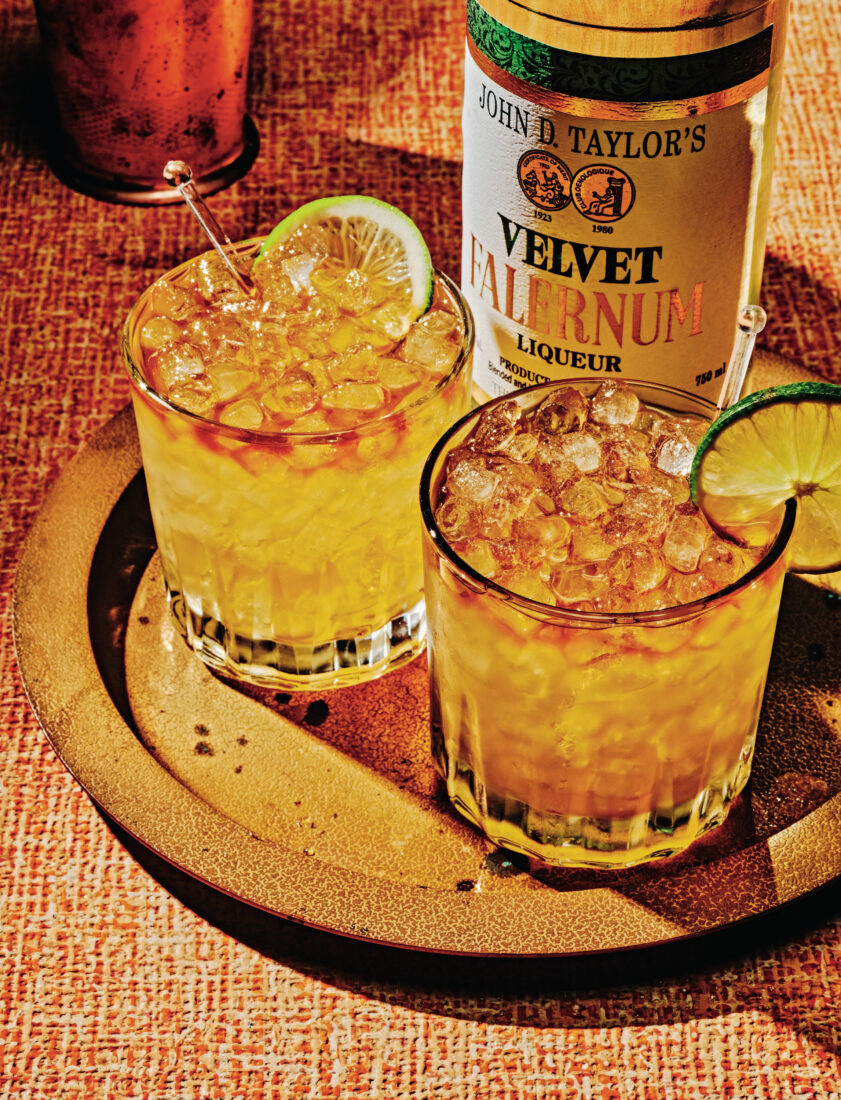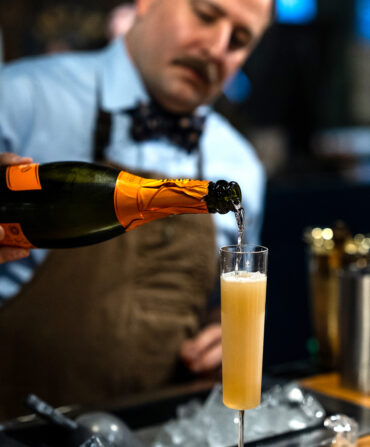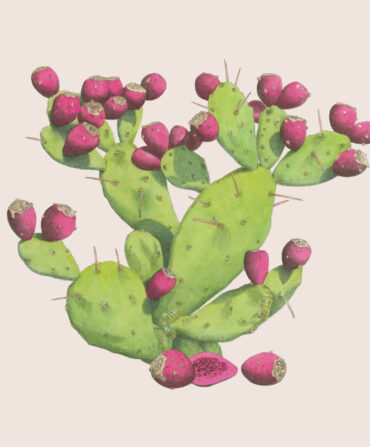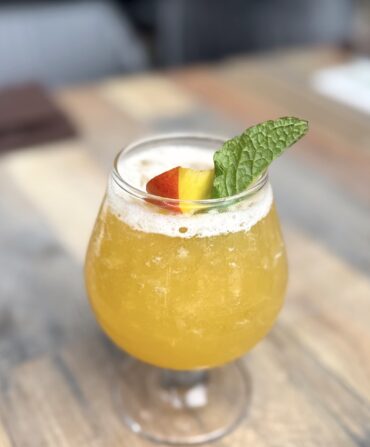In 1866 a writer referred to falernum as the “drink of contradictions.” No explanation followed. Still, this makes sense. The liqueur version, essentially a blend of lime and sugar, with rum added to preserve it, has been around since the seventeenth century—“one of the earliest liqueurs made,” explains Richard Seale, a Barbados rum distiller who produces the historic John D. Taylor’s Velvet Falernum—but has stayed largely hidden in the shadows of cocktail culture. It is shy but can be very bossy when it makes a cameo in a drink. It is tropical but has traveled far and wide.
Recipes vary, but falernum, which developed as a syrup and then a liqueur in the Caribbean, typically gets infused with lime zest and a handful of spices (including clove), along with ginger or almonds or sometimes both. Traditionally, people sipped it on its own, over ice. West Indies residents, one nineteenth-century visitor noted, considered it “a most delicious and cooling draught in the heat of the day.”
But then, being somewhat sly, falernum managed to talk its way into cocktails, where it added a note of mysterious exoticism. “It’s the only thing with which a civilized person dares to sweeten rum,” wrote the mystery writer Veronica Parker Johns in 1946. Others employed it to bring the stodgy rum collins to life. John F. Kennedy preferred his daiquiris improved with a few drops of it; Jackie Kennedy reportedly tacked that recipe to the White House kitchen wall so the chefs would never disappoint the president.
That was about the time falernum enjoyed a brief if muted golden age with the rise of tiki drinks—those alluring fruit-juice-and-rum-based cocktails that flourished in the mid-twentieth century. Bartenders often added the liqueur surreptitiously from unmarked bottles, leaving guests to wonder at the curious flavors. Don Beach (born Ernest Raymond Beaumont Gantt) launched the tiki trend in Los Angeles in the 1930s. He embraced falernum when he created his enduringly popular Puka-Puka Punch, and it went on to claim roles in other noted drinks of the era, including the Zombie, the Jet Pilot, and the Cobra’s Fang.
John D. Taylor’s Velvet Falernum, the oldest on the market, originated in 1890, but today’s craft distillers and cocktail syrup makers have been exploring variations, prodding the liqueur to finally step out from the shadows onto the main stage. If you can’t find Taylor’s at your local liquor store, a little online searching will turn up nonalcoholic syrup options available by mail, including the falernum Jeff “Beachbum” Berry uses at his New Orleans tiki restaurant, Latitude 29. The New Orleans–based El Guapo also sells a version with outsize candied lime peel notes.
Falernum of late has also been venturing outside the Caribbean to explore other territories. The My Oh Mai, featured here, offers a cheeky riff on the classic mai tai, which calls for falernum’s almondy French cousin, orgeat. Crafted by James Siegel, the bar manager at Hell or High Water in Louisville, the cocktail swaps out rum for bourbon as the base spirit, creating a delicious adventure that’s more like a Jeep ride in the cooler island uplands than a lounge chair session on a sandy beach.
A contradiction? You be the judge.








